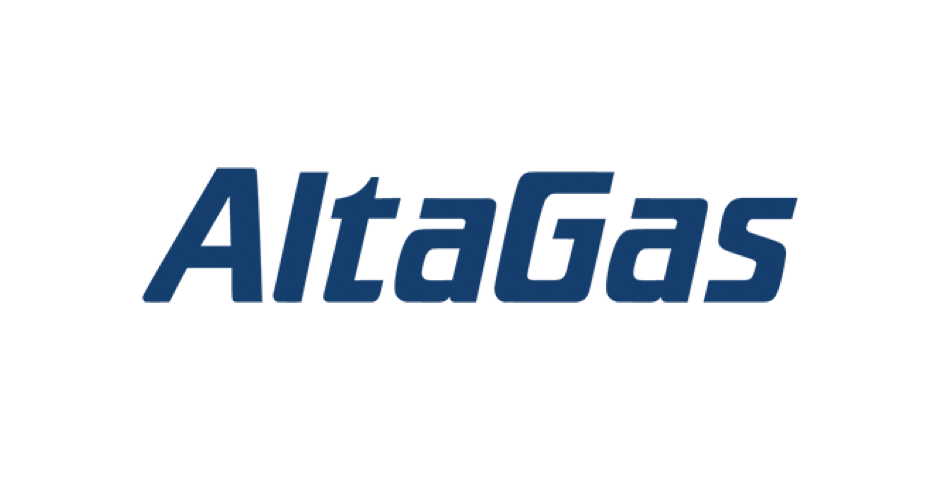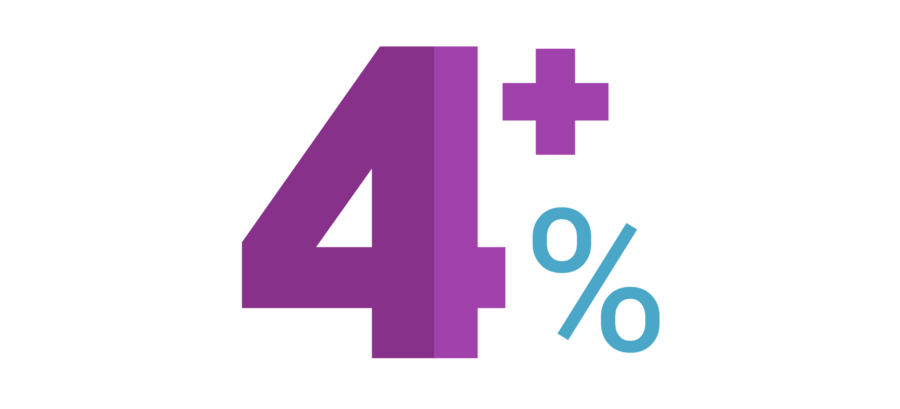
AltaGas's Falling Leverage Supports Dividend But Firm Will Evaluate Splitting Off Midstream Business
AltaGas generates about 60% of its EBITDA from U.S. regulated gas utilities and the remaining 40% from an integrated midstream business in western Canada which connects natural gas liquids and natural gas to various markets.
.png)
The company in recent years went through a major transformation which culminated in a 56% dividend cut in December 2018.
In January 2017, AltaGas decided to expand from its midstream roots and announced a $9 billion deal to acquire WGL, a U.S. regulated natural gas utility. The firm took on substantial debt to finance this deal.
To help protect its investment grade credit rating and reduce leverage, AltaGas engaged in a major asset divestiture plan. But these actions weren't enough to spare the dividend.
AltaGas's businesses required the firm to issue equity to fund their capital-intensive investments. With midstream stock prices stuck in a bear market, raising equity financing was no longer a viable plan for the firm, leading to the dividend cut nearly two years ago.
AltaGas has made meaningful progress de-risking its business since then. The company's capital spending no longer requires issuing equity, and AltaGas has paid down debt to protect its BBB- investment grade credit rating from Standard & Poor's.
As you can see, AltaGas's leverage ratio is expected to reach 5.5x this year, down from more than 10x in 2018 and not too far from management's 5x target level.
In January 2017, AltaGas decided to expand from its midstream roots and announced a $9 billion deal to acquire WGL, a U.S. regulated natural gas utility. The firm took on substantial debt to finance this deal.
To help protect its investment grade credit rating and reduce leverage, AltaGas engaged in a major asset divestiture plan. But these actions weren't enough to spare the dividend.
AltaGas's businesses required the firm to issue equity to fund their capital-intensive investments. With midstream stock prices stuck in a bear market, raising equity financing was no longer a viable plan for the firm, leading to the dividend cut nearly two years ago.
AltaGas has made meaningful progress de-risking its business since then. The company's capital spending no longer requires issuing equity, and AltaGas has paid down debt to protect its BBB- investment grade credit rating from Standard & Poor's.
As you can see, AltaGas's leverage ratio is expected to reach 5.5x this year, down from more than 10x in 2018 and not too far from management's 5x target level.
.png)
While AltaGas in October announced plans to increase its stake in midstream firm Petrogas by more than $500 million dollars (nearly 20% of ATGFF's market cap), this deal is expected to improve the firm's pro-forma leverage metrics and boost normalized EPS by 10%.
Given the company's balance sheet improvement and self-funded capital program, we are upgrading AltaGas's Dividend Safety Score to Borderline Safe.
However, investors should note that the company may decide to split its utility and midstream businesses in the future to try and achieve a higher valuation.
Management said they aren't considering a separation transaction until they have fully integrated Petrogas and the world returns to a steadier state.
But assuming AltaGas eventually goes down this path, which other utilities have done, management would need to create new dividend policies for the separated utility and midstream businesses.
AltaGas's payout ratio sits below 80% today, higher than the utility sector's average but perhaps a little lower than the midstream space.
In other words, the firm appears to have some flexibility to keep income investors whole by having the combined dividends from the two separate companies at least equal the pre-split dividend.
Any decision on a split is probably at least a couple of quarters away but may be welcome news given the stock's weak performance over the last five years.
Given the company's balance sheet improvement and self-funded capital program, we are upgrading AltaGas's Dividend Safety Score to Borderline Safe.
However, investors should note that the company may decide to split its utility and midstream businesses in the future to try and achieve a higher valuation.
Management said they aren't considering a separation transaction until they have fully integrated Petrogas and the world returns to a steadier state.
But assuming AltaGas eventually goes down this path, which other utilities have done, management would need to create new dividend policies for the separated utility and midstream businesses.
AltaGas's payout ratio sits below 80% today, higher than the utility sector's average but perhaps a little lower than the midstream space.
In other words, the firm appears to have some flexibility to keep income investors whole by having the combined dividends from the two separate companies at least equal the pre-split dividend.
Any decision on a split is probably at least a couple of quarters away but may be welcome news given the stock's weak performance over the last five years.



